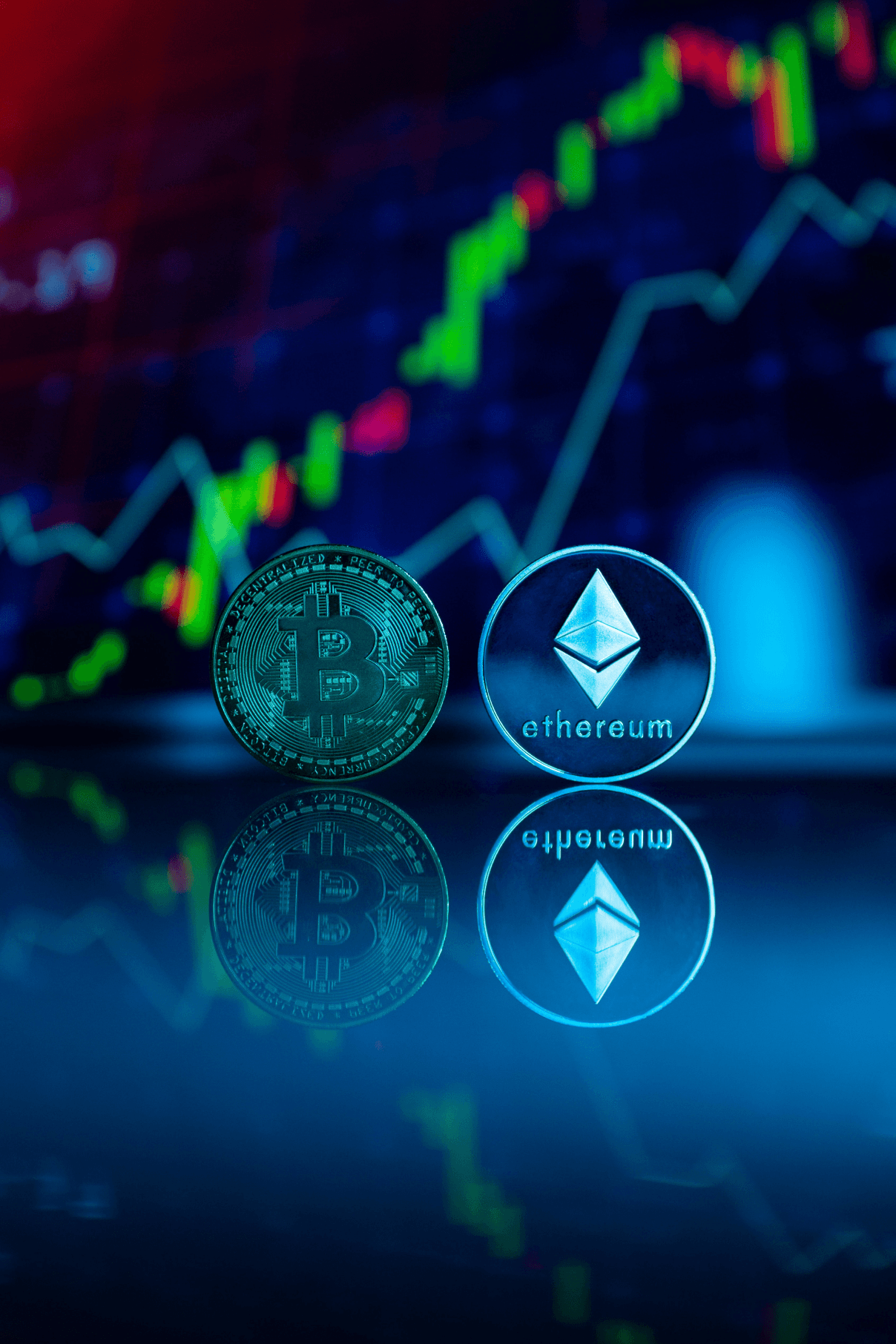March 26, 2023

Sarah Lee
The world of digital art has experienced a seismic shift with the advent of non-fungible tokens (NFTs). These unique digital assets, which are verified using blockchain technology, have revolutionized the way art is created, bought, and sold. As a result, digital art pieces are now fetching millions of dollars at auctions and online marketplaces. Here's a closer look at the rise of NFTs and why digital art is selling for such staggering amounts.
What Are NFTs?
Non-fungible tokens, or NFTs, are digital assets that represent ownership of a unique item or piece of content, such as digital art, music, videos, or even virtual real estate. Unlike cryptocurrencies like Bitcoin or Ethereum, which are fungible and can be exchanged on a one-to-one basis, NFTs are one-of-a-kind and cannot be replicated. Each NFT is stored on a blockchain, providing a secure and transparent record of ownership and provenance.
The Appeal of NFTs
The appeal of NFTs lies in their ability to provide verifiable ownership and scarcity in the digital realm. For artists, NFTs offer a new way to monetize their work and reach a global audience. For collectors, owning an NFT means possessing a unique piece of digital art that cannot be duplicated. This combination of exclusivity, transparency, and security has fueled the rapid growth of the NFT market.
Record-Breaking Sales
NFTs have made headlines with record-breaking sales, capturing the attention of art collectors, investors, and the general public. One of the most notable sales was the auction of "Everydays: The First 5000 Days" by digital artist Beeple (real name Mike Winkelmann), which sold for an astonishing $69.3 million at Christie's in March 2021. This sale marked a turning point for the digital art world, demonstrating the immense value and potential of NFTs.
Other high-profile sales include CryptoPunks, a collection of 10,000 unique 24x24 pixel art characters, with individual pieces selling for millions of dollars. These sales have established NFTs as a legitimate and lucrative market for digital art.
Empowering Artists
NFTs have empowered artists by providing them with new revenue streams and greater control over their work. Traditionally, artists faced challenges in monetizing digital art due to the ease of copying and sharing online. NFTs address this issue by creating a digital certificate of ownership, allowing artists to sell their work as unique, collectible items.
Digital artist Trevor Jones, known for his NFT collaborations, highlights the benefits of this new paradigm. "NFTs have opened up incredible opportunities for artists. We can now sell our work directly to collectors, retain royalties on secondary sales, and reach a global audience. It's a game-changer for the art world."
The Role of Blockchain Technology
Blockchain technology is at the heart of NFTs, providing the infrastructure for secure and transparent transactions. Each NFT is recorded on a blockchain, creating an immutable ledger of ownership and provenance. This technology ensures that NFTs cannot be duplicated or tampered with, adding a layer of trust and authenticity to the digital art market.
Dr. Emily Richards, a blockchain expert, explains the significance of this technology. "Blockchain provides the foundation for NFTs by enabling secure and transparent ownership records. It ensures that each NFT is unique and verifiable, which is crucial for establishing value and trust in the digital art market."
Investing in Digital Art
The rise of NFTs has also attracted investors seeking to capitalize on the growing market. Digital art has become an asset class in its own right, with investors buying NFTs not only for their aesthetic value but also for their potential to appreciate in value over time. This speculative aspect has contributed to the soaring prices of some NFTs.
However, experts caution that the NFT market can be volatile and speculative. Dr. Richards advises potential investors to conduct thorough research and approach NFT investments with caution. "While NFTs offer exciting opportunities, it's important to understand the risks and complexities involved. Investing in digital art requires careful consideration and due diligence."
Challenges and Criticisms
Despite their popularity, NFTs have faced criticism and challenges. Environmental concerns have been raised due to the energy-intensive nature of blockchain technology, particularly for networks like Ethereum, which underpins many NFTs. Efforts are being made to develop more sustainable blockchain solutions, but the environmental impact remains a contentious issue.
Additionally, the speculative nature of the NFT market has led to concerns about bubbles and market manipulation. Some critics argue that the hype around NFTs may lead to inflated prices and unsustainable growth. It is essential for the market to evolve with transparency and responsible practices to address these concerns.
The Future of NFTs and Digital Art
The rise of NFTs represents a paradigm shift in the art world, bridging the gap between traditional and digital art markets. As technology advances and the market matures, NFTs are likely to become an integral part of the art ecosystem. Artists, collectors, and investors will continue to explore the possibilities and opportunities that NFTs offer.
Trevor Jones remains optimistic about the future. "We're just scratching the surface of what NFTs can achieve. As more artists embrace this technology and as blockchain becomes more sustainable, I believe we'll see even more innovation and growth in the digital art space."





